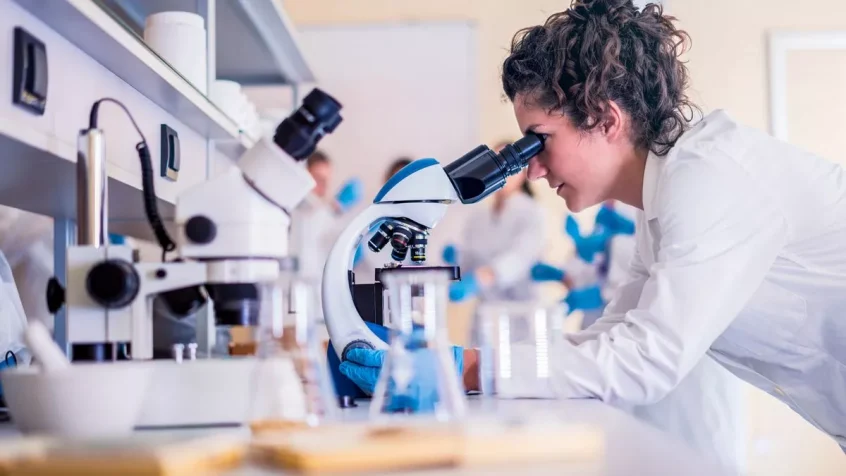The scourge of antibacterial resistance continues to threaten us, and it’s getting worse. A solution will only come from brilliant research.
Two thriving areas of study, bacterial resistance and gene editing, come together successfully in an Exeter University project using a new gene editing tool to “edit out” the resistant part of a resistant bug.
This tool, which could help reduce the spread of antimicrobial resistance, is showing early promise. Amazingly it uses a bacterial immune system as the gene editing tool. Antimicrobial resistance is a major global threat, with nearly five million deaths annually resulting from antibiotics failing to treat infections, according to World Health Organisation figures.
David Walker-Sunderhauf, lead author of the study at University of Exeter, says: “Antimicrobial resistance threatens to outstrip Covid in terms of the number of global deaths. We urgently need new ways to stop resistance spreading between hosts.”
Bacteria often develop resistance when resistant genes are transported between hosts. One way that this transportation occurs is via “plasmids”. These are simple strands of DNA that can spread easily between bacteria and swiftly reproduce a strain which is resistant. This replication can occur in our bodies and in environmental settings such as waterways.
The Exeter team harnessed the CRISPR-Cas gene editing system, which can target specific sequences of DNA and cuts them out when they’re formed, letting natural DNA repair take over. The beauty of CRISPR is it’s simple, fast and very accurate. The researchers engineered a strand of DNA, a plasmid which can specifically target the resistance gene for gentamicin – a commonly used antibiotic.
In laboratory experiments, the research found that the plasmid prevented its host cell from developing resistance. Furthermore, researchers found that the plasmid effectively targeted antimicrobial resistant genes in hosts, other bacteria, to which it transferred, reversing their resistance. Our technology is showing early promise to eliminate resistance in a wide range of different bacteria.
“Our next step is to conduct experiments in more complex microbial communities. We hope one day it could be a way to reduce the spread of antimicrobial resistance in environments such as sewage treatment plants, which we know are breeding grounds for resistance,” added Walker-Sunderhauf.
It could also reduce the risk of picking up a life-threatening infection with a resistant bacterium in hospital. find it very heartening that medical research keeps coming up with answers of the most ingenious kind.

